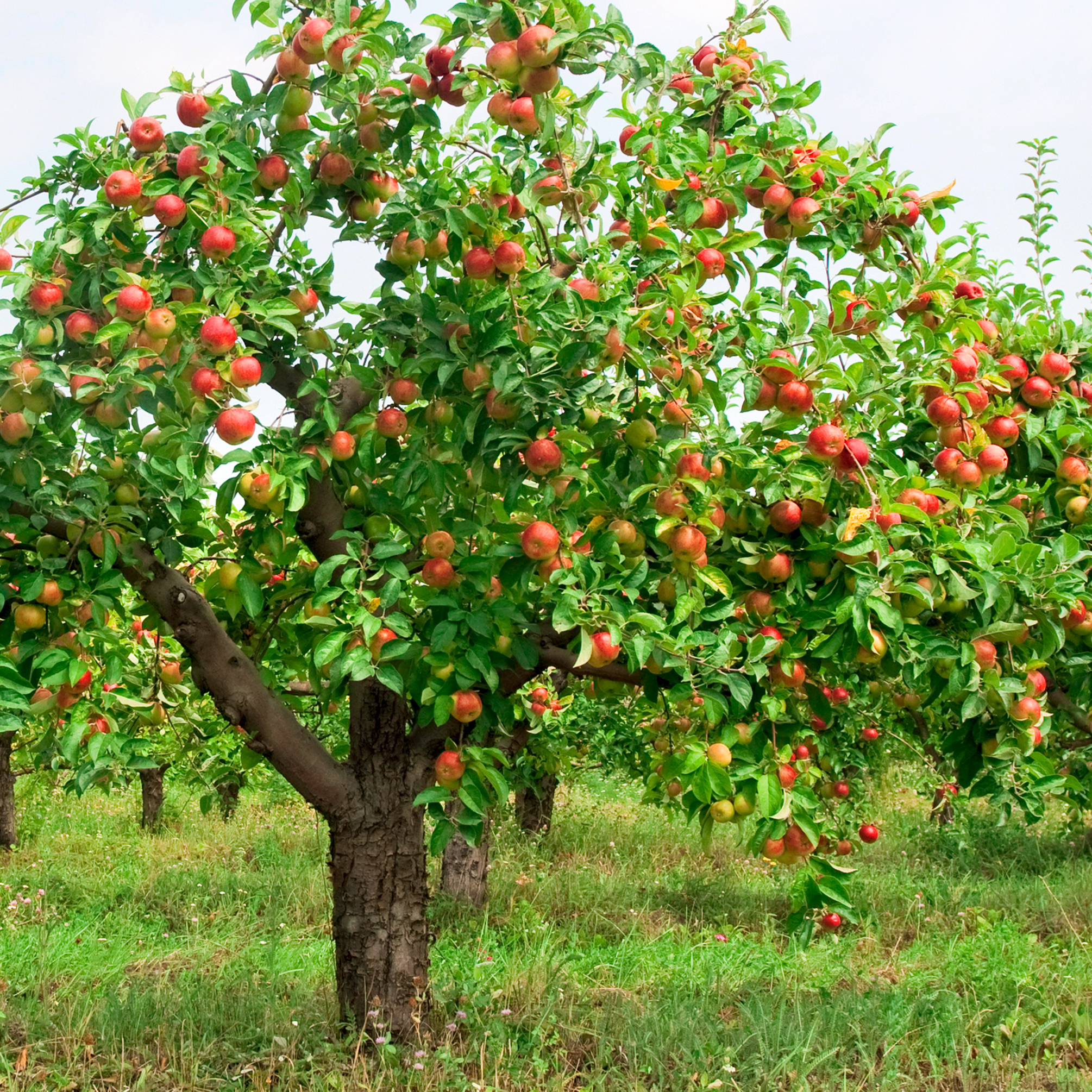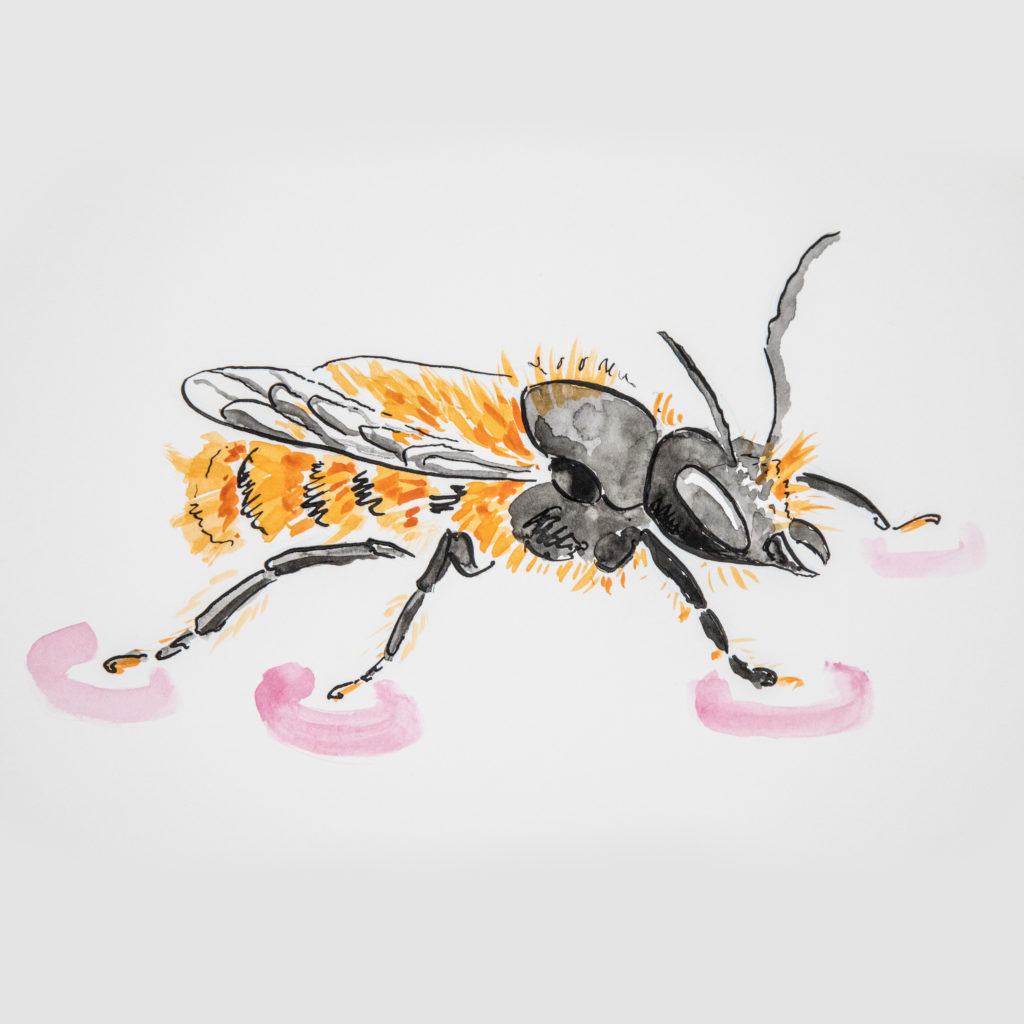Red Mason Bee
Various | Curious Nature
Unlike honey bees and bumble bees, the red mason bee is a solitary creature, native to lowland England and Wales. It is an excellent pollinator, so understanding more about its genetics will be a useful comparison to the struggling honey bee, whose genome has already been sequenced.

A garden friend
Red mason bees are excellent pollinators. Unlike honey bees they do not have pollen sacs. The pollen sticks to their bodies and is passed from flower to flower. Like other bees, red masons need pollen and nectar for nutrition. They particularly like fruit trees, such as apples and cherries, and are a gentle bee that doesn’t sting, making them a friend to gardeners, farmers and anyone with a bit of a greenfinger!

Save the bees?
Whilst plants pollinate in a variety of ways, the work of insects like bees (but also others like wasps and flies) is especially important, particularly for managed plants like crops that we eat. There have been many news stories in the last few years about the struggle of the honey bee facing several threats from invasive species like Asian hornets, infectious diseases and colony collapse disorder. The honey bee was an early species to have its genome sequenced in 2006 to help study it better. What should we do to help the bees, and what will knowing more about other pollinators mean for our food production plans?
Red mason bee nests
Unlike honey bees and bumble bees, the red mason bee is a solitary creature, native to lowland England and Wales. It doesn’t live in a colony but makes its dwelling in small holes in wood and masonry, hence its name. Red mason bees will find nests in existing materials but gardeners can help encourage bees, and benefit from their pollinating ability, by providing readymade nest sites like these. The bees especially like sunny, south-facing nest sites.

Red mason bees in their nests
Each nest (one tube) is made by a single female bee in the spring, using mud to create chambers for her eggs. Once mated the bee lays one egg inside each cell, placing a supply of pollen for nutrition next to the egg. She then seals the nest with a mud plug and the eggs hatch into larvae and from a cocoon for protection over winter until the new population of bees emerge in the following spring.
